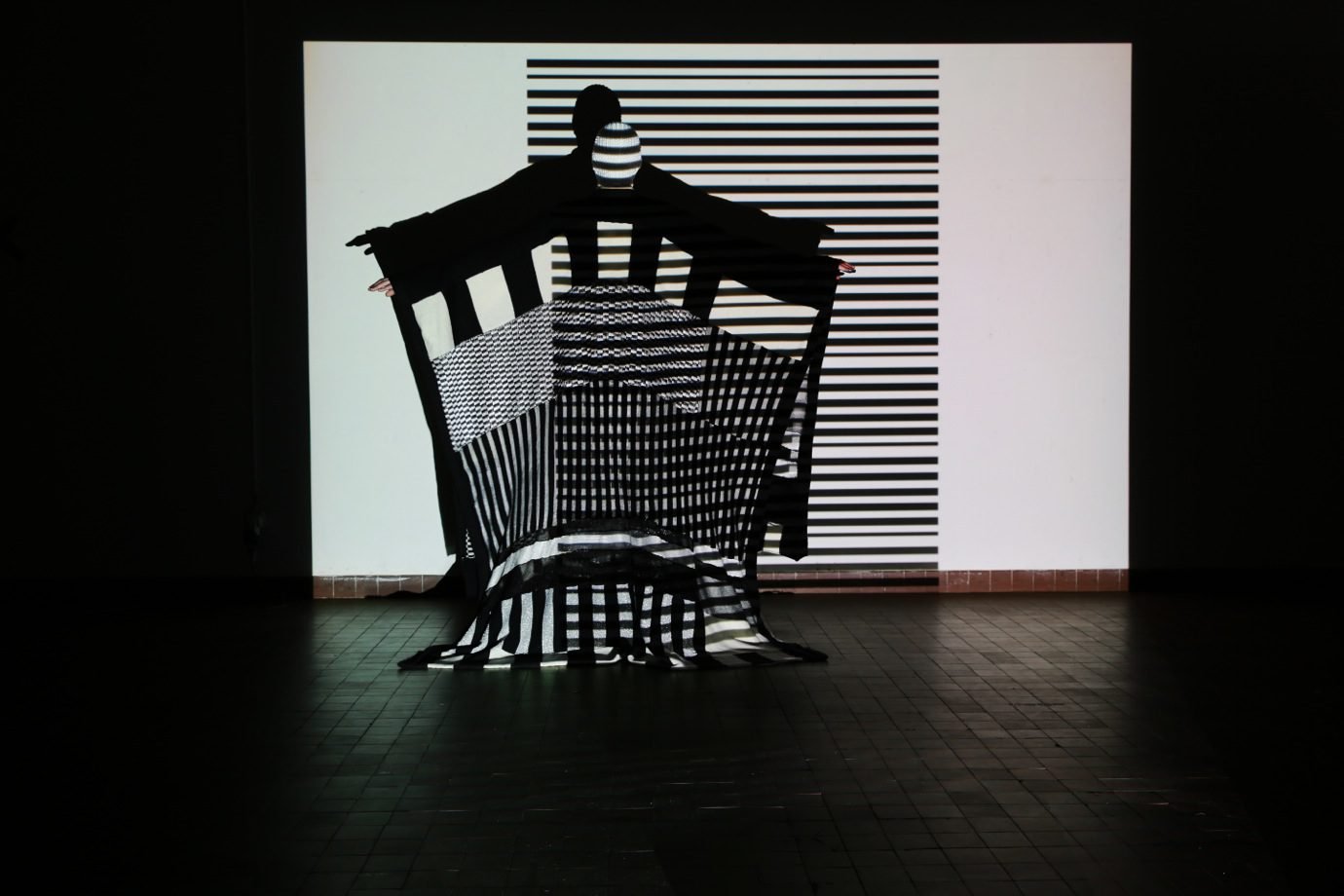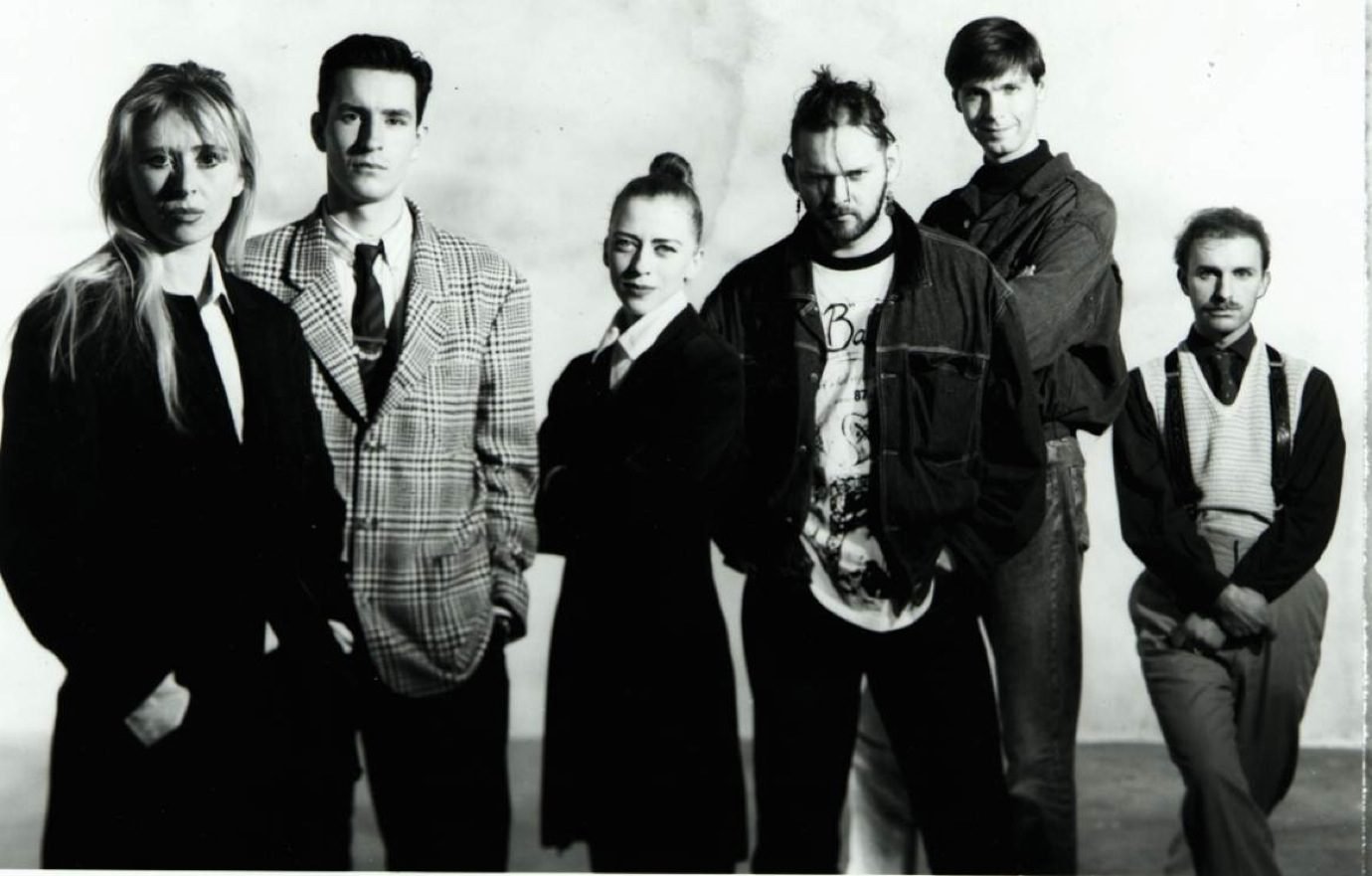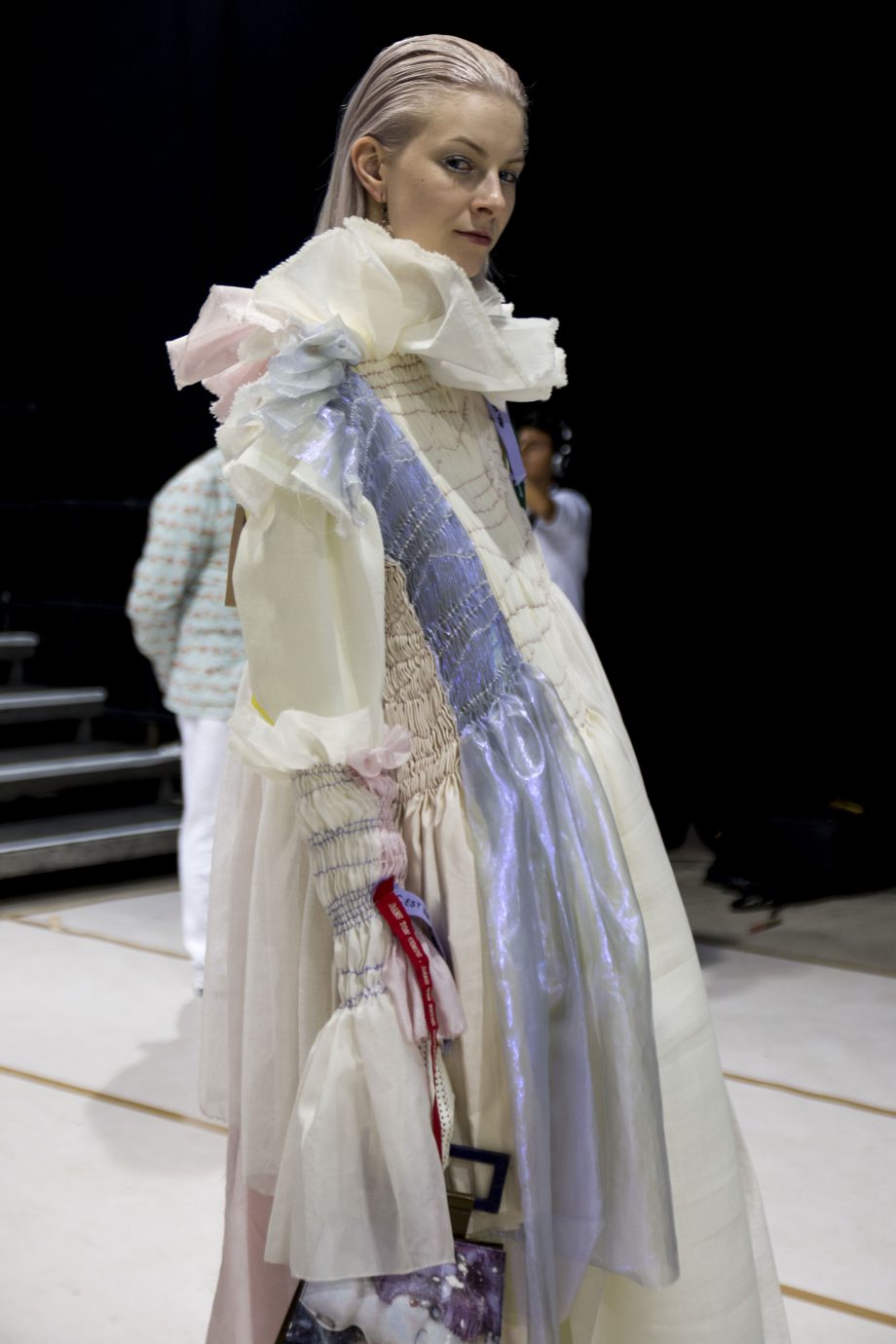Can you share a bit about your background and who you are?
I was born in Chengdu, China, and when I was two or three I went to Canada. Then I went back to China for boarding school and elementary school and then back to Canada for middle and high school. In between, my family and I also traveled a lot. I really grew up in Vancouver, where it’s very multicultural in the sense that it was super mixed. There wasn’t really one dominant culture, so I grew up traveling a lot, and seeing different ways of thinking and doing things, especially in Belgium. Hence, I have always been interested to integrate different ways of thinking as I went from CSM to Antwerp, which was also very different.
“I love the way that clothing affects society and my ideas.” – Izzy Du
That’s a unique experience to get all of those different perspectives from the various places you’ve lived in. What led you to fashion?
I was always into so many different creative mediums: painting, drawing, clay. Without sounding cliché, my family and my mother are very into fashion. I also grew up mostly wearing uniforms since I was very young—whether it was in China or Canada. I was always wearing uniforms and at first, I used to hate it but then I realized it frees so much creative space in my mind because I wouldn’t be limited to anything that I could put on myself. I could just draw and make whatever, incorporating all the different elements that I like from all these other mediums and combining them into clothing as well. I always thought it was interesting because everyone wears a uniform, even when we’re grown up. It’s our moniker, identifier and it’s really interesting to see what people choose to wear and what they’re supposed to wear. I was always very inspired by that. After school, I would always have so many different extracurricular activities or family dinners so I would always end up being in all these different places in my uniform and I loved being kind of out-of-place in my uniform and seeing how people react. I love the way that clothing affects society and my ideas.
“I wanted to do this one before I worry about commerciality or anything.” – Izzy Due
Your pieces seem so surreal, with gravity-defying silhouettes and a luminescence that you achieve with your fabrics. At the same time, a lot of your forms appear so tied to nature. What are some of your main sources of inspiration?
In terms of form and shape, people often see that it’s very big, but I never make anything with a goal in mind to just make it big. I think everything we do—whether you’re an artist or a performer doing a show or you’re trying to do a painting—you should never have that goal in mind. I have this form and shape in mind and how I want it to fit on the body and it ends up naturally taking the size or the shape that it does. I have smaller pieces as well and that’s also a play on these forms and how they contrast with the body. I usually start pretty abstractly. With my last collection, I had a tangible idea, and also because of my way of working with the Academy; they often prefer students to have something that they can follow along and understand. In this collection, I was really like “I want to do this one before I worry about commerciality or anything,” so it’s quite conceptual in that sense. I had a lot of elements of nature and I pictured this planet where all these beings live with a specific time and season.



































